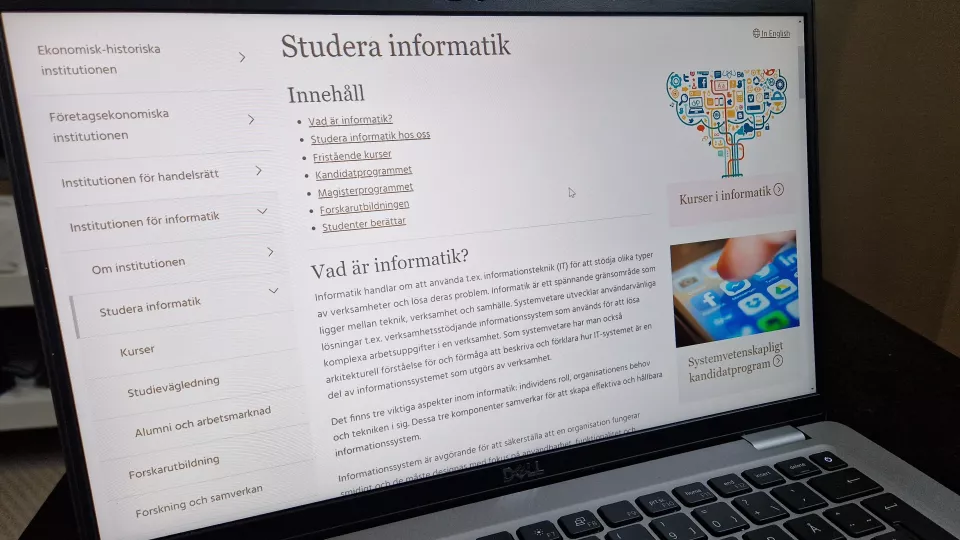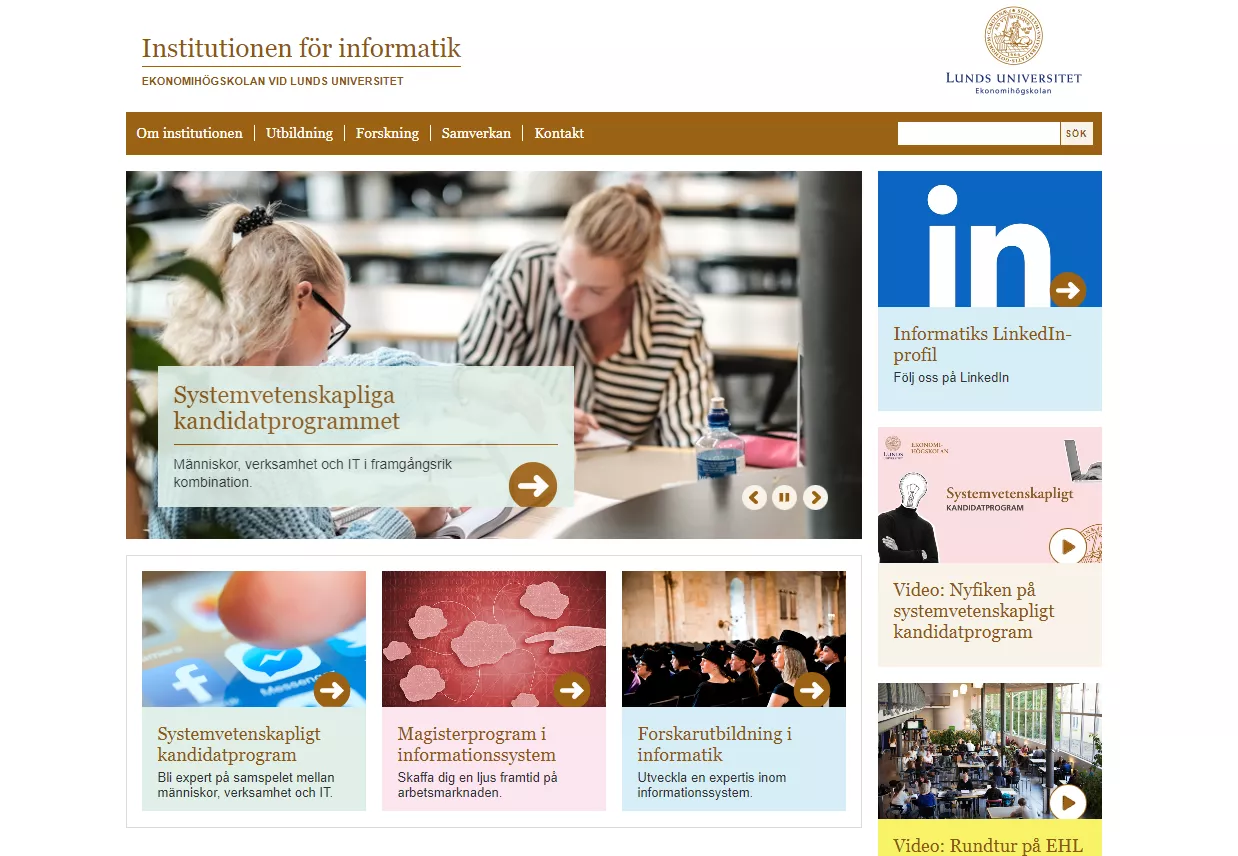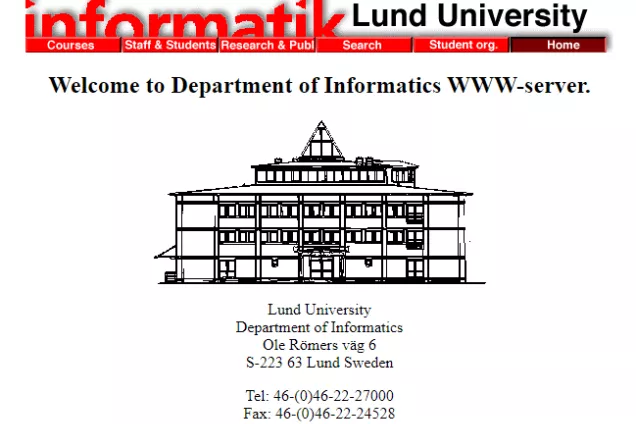After several months of rethinking, decluttering, updating and designing, we are now proud to present our new website. We had been using a very old LU interface under a separate URL, www.ics.lu.se, for a long time. In connection with the change of publication tool and the move to LUSEM's website, we have taken the opportunity to review all content and think fresh. Our focus has been on downsizing, language equality, accessibility, clear target groups, and coherence.
Downsizing
Since its first release, the information available on our website, and subsequently the number of pages, has steadily increased. Before switching to the new website, we had 150 different information pages in total on our Swedish and English sites (news and calendar events are not included in this figure). On our new website, the total number is 22, eleven in each language.
The downsizing is intended to help both visitors and administrators – it will be easier to find information, but also easier to keep the information updated and accurate. Because of this, we make extensive use of redirection to information available and updated on other parts of the LUSEM or LU web - mainly information common to several departments and/or faculties.
Language equality
Our English website used to have 40% more pages than our Swedish website. The information on the pages was often very different, and sometimes a tab would simply link to a page in the other language. With so many pages, the translation work was simply never finished.
The reason for this division had much to do with target audiences. Since we wanted to promote our research internationally, we prioritised English research-related texts over Swedish. This also affected educational information - for example, our Swedish courses could only be found on the Swedish website.
On our new website, the split is 50/50. All information is available in both Swedish and English (with a few carefully considered exceptions). It is important that the Swedish and English pages reflect each other as much as possible, both for reasons of equality and accessibility.



